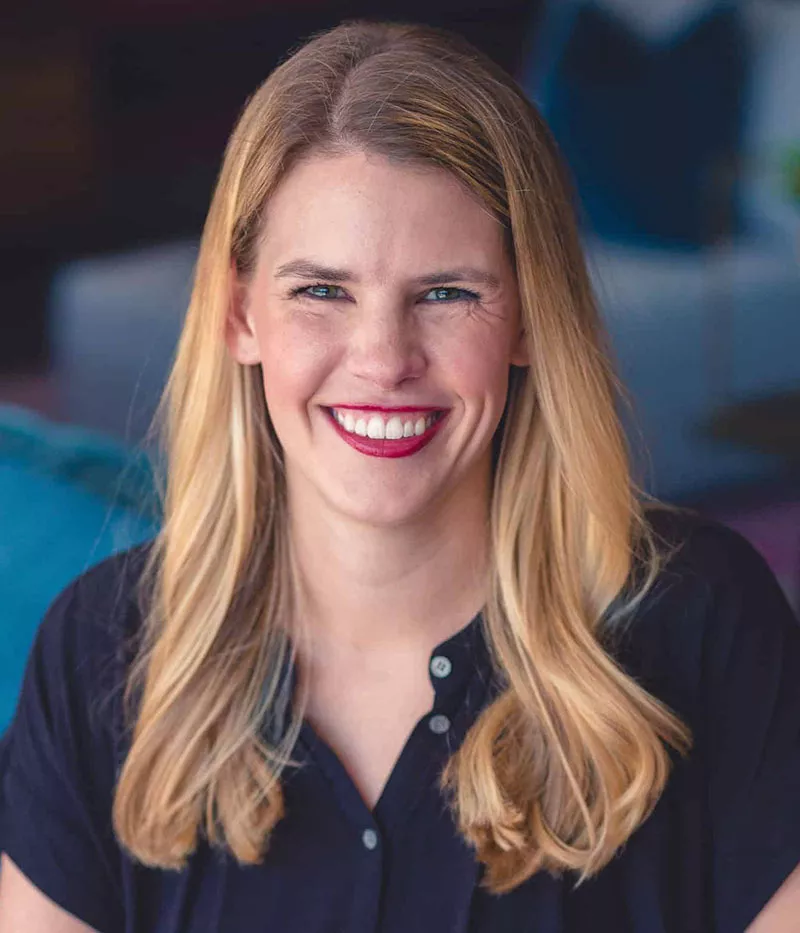Wildhorn Capital is a real estate company that focuses on multifamily assets in Central Texas. More than that though, we are an alternative investment option for investors that want the security and ownership of a hard asset in the best market in the country. We take that second part extremely seriously, as we raise millions of dollars from people who trust us to be good stewards of their resources.
Our number one focus has, and always will be, our investors best interests. We put their interests ahead of our own, knowing that over the long haul nothing will help sustain our business more than putting investors before ourselves.
Everytime we underwrite a new deal, we’re thinking about our potential investors. Every time we receive an offer on an existing asset, we’re thinking about our current investors. Does this serve their interests? Do we beat expectations, or is this an opportunity to preserve their capital?
It’s easy to say all this, and makes for a great marketing message. However, putting it all into practice can be a very different thing. Today, I want to share the story of how Wildhorn recently walked away from $250,000 in Earnest Money on a deal. I think (and hope) you already know why we did it. (It rhymes with “Pinterest”).
Over the last year we’ve spent time in this space highlighting the virtues of Opportunity Zones and believe it’s an incredible market niche to be in that creates real value for investors with Capital Gains. We have looked at countless deals in Opportunity Zones, and in early Spring we put a deal under contract to execute what is known as the Pre TCO takeover. In that strategy, you buy a newly built asset (apartment complex in our business) just before the developer receives their Temporary Certificate of Occupancy–hence the Pre TCO. When we put this asset under contract, the developer was on target to get their TCO in November. We had about 6 months to raise the equity needed, and were targeting investors that had Capital Gains who would be interested in this OZ strategy and Austin Multifamily.
Then, as we all know, COVID hit.
Initially, no big deal. As an OZ deal, this was a 10-year hold for us so we were thinking long-term. And long-term we love the location and TCO strategy. We continued to monitor the submarket, track along with the construction and have talks with investors. As COVID dragged on, we started to see some softness in the submarket, particularly in the Class A space. Some competitors were offering 10- and 12-week concessions, and rents were softening. And we started to worry about some of the supply coming online, and how quickly it would be absorbed. On top of that, we got some bad news from our Property Tax consultants who felt like our taxes would be higher in Year 1 than we initially thought.
As we updated our underwriting to allow for higher taxes and a slower lease-up, we saw our investor returns drop some. Not drastically, but enough that we felt like it fundamentally changed versus what we had communicated in the spring. And we had a decision to make.
Did we want to get more aggressive on some of our assumptions to counteract the headwinds we were facing? No.
Did we want to push forward and pretend like nothing had happened, and worry about this 10 years from now? No.
Did we want to change our internal structure and fees to ensure we could still feel confident in what investor returns looked like? Yes. That was easy to do and was the first thing we looked at. Even still, it didn’t make up the difference and investor returns were light.
Our final option then, was to ask the seller for a pricing discount. We shared our underwriting, the numbers we’d been provided by our consultants and property managers, and the submarket data we’d been seeing. All supporting a lower NOI and a slower lease up that we all thought would happen pre-COVID. We ended up asking them for just over a 5% price reduction on our contract price. At that number, our investor returns were consistent with what we had communicated for the $20mm of commitments that we had received.
If they didn’t want to reduce the price by 5%, then we’d have to terminate the contract. Our thought was as a developer, they’d be better off selling to us and let us lease up the project and focus on a long-term business plan. They could move on to their next project and realize a profit today, eliminating market risk and trying to sell in 18-24 months in an uncertain time.
Ultimately, they didn’t agree with us, and would not come off their price. When we terminated the contract, we lost out of $250,000 of earnest money that we had posted when we signed the contract. That stung, no doubt. But ultimately, we sleep a lot better at night having lost our own money rather than being restless for the next 10 years trying to deliver on a project we weren’t confident on, or felt like we were behind the 8-ball from the get go.
When we talk about always putting our investors’ interests ahead of our own, this is what that looks like. It’s not fun to talk about–but it is a core belief we run our business with. We view success (and risk) through the lens of our investors. We take that responsibility seriously. And when push comes to shove, we’re not going to do a deal just to make a fee or avoid losing earnest money.
As you look for investment opportunities and evaluate project sponsors, make sure you’re confident where their allegiances lie.

Alix serves as Wildhorn’s Director of Finance and Operations where she oversees all aspects of financial management as well as the ongoing operations and procedures of the company. Prior to joining Wildhorn, Alix worked as a tax and treasury accountant at Ovation Partners, a private credit investment firm. She has also worked in the public accounting industry at both a Big 4 firm and a local middle market firm.







